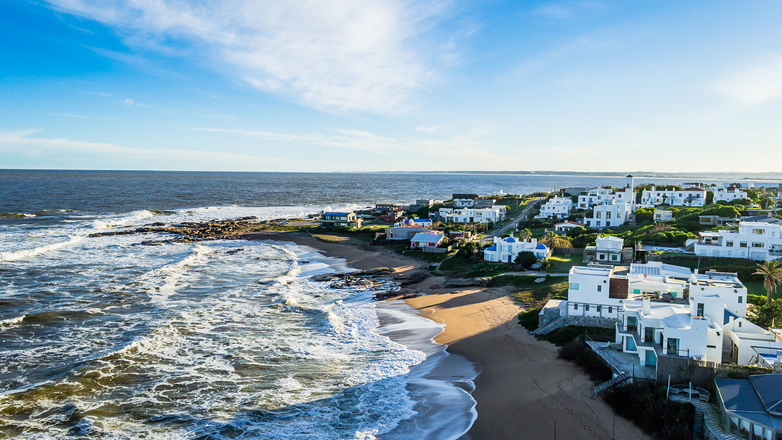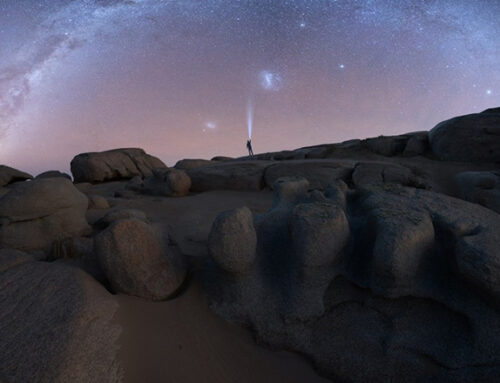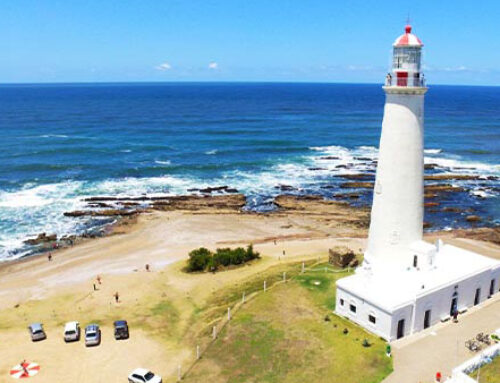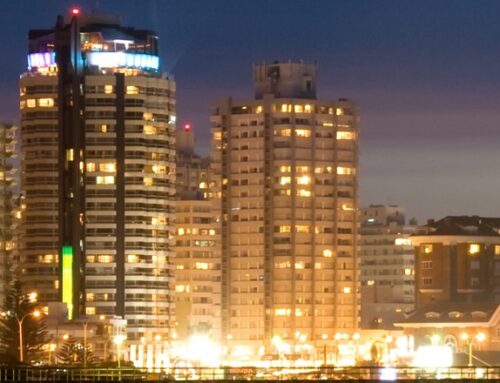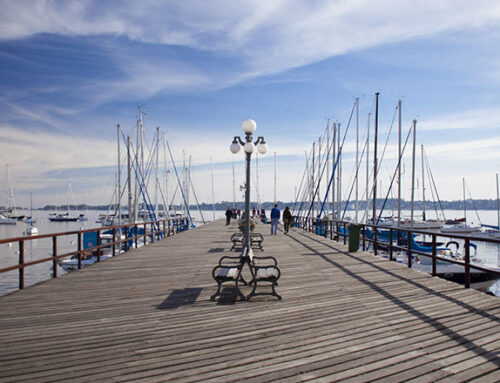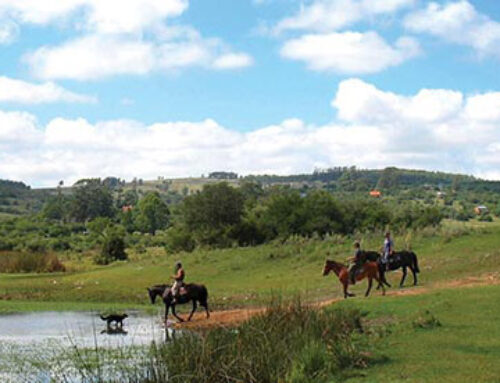The prestigious American publication defined the tourist destination as a “relaxing getaway”.
TIME magazine included the exclusive coastal town of José Ignacio, located in the department of Maldonado, among the 100 extraordinary destinations in the world to explore in 2021.
This list, the publication’s third of the world’s best places, is a “tribute to the people and companies at the forefront of the tourism sectors who, amid the extraordinary circumstances imposed by the pandemic, found ways to adapt, build and innovate,” says TIME.
With this in mind, José Ignacio has earned a place among the destinations the magazine describes as unique, ranging from the Portuguese town of Arouca, home to the world’s longest pedestrian suspension bridge, to the Antarctic continent, which will experience a rare total solar eclipse this December.
José Ignacio is just minutes away from the famous Punta del Este, one of Uruguay’s most emblematic and famous Atlantic coast towns. Both resorts attract the world’s jet set and celebrities for their luxury and sophistication, as well as for their stunning natural scenery. They are also chosen by foreign nationals as residences because of the excellent living conditions they offer.
“A stone’s throw from Montevideo’s Atlantic coast, José Ignacio is unpopulated and uncrowded. In time for the 2021 summer season, Posada LUZ, a country retreat with olive groves, a mini-forest, a vineyard and an infinity pool, will open in November. One of James Turrell’s Skyspace installations – large enclosed chambers with openings in the ceiling that open to the sky – will arrive at nearby Posada Ayana in November, his first freestanding work in South America. At Bahía Vik there are new beachside bungalows, with individual suites with oversized artworks and a pool set among dunes, plus the wood-panelled Rizoma hotel-bookshop-gallery. The local favourite restaurant is La Huella, which sits on the dunes and serves freshly grilled seafood. The nearby Solera bar offers a selection of no less than 350 wines, many of them local,” describes Julia Buckley for TIME.
